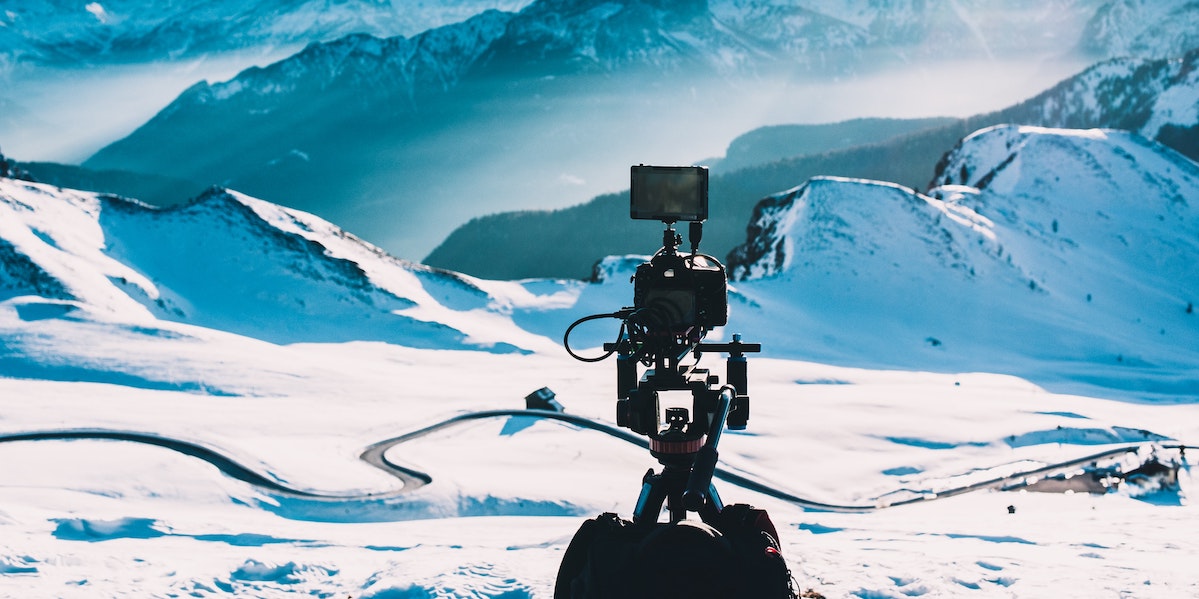
Tripod or monopod?: Finding the right balance
Posted on Feb 8, 2023
When it comes to filming equipment, cameras and lenses usually get top billing – but they need support. Enter: the tripod and monopod
WORDS Robert Shepherd | IMAGES Various
Apart from the obvious difference, monopods and tripods are largely similar. Both are typically made from the same materials, are height adjustable, have locking mechanisms and often use quick-release plates for easily adding and removing the camera.
However, the number of legs – one or three – as well as the head can determine what’s the best tool for the job and whether you need one or both in your kit bag.
With that in mind, when do you choose one over the other?
Rich Merritt, series director on BBC One series The Repair Shop, says there are several variables to consider. “If you’re out there taking pictures, I think monopods are great,” he says. “Especially if you’re at an event where you don’t have the time and space to set up a tripod and you’re shooting at low shutter speeds. I have seen people shoot video with them but you do need a head or you won’t be able to adjust the shot at all. A monopod with a good head on it can be very handy. You can use it to get some very quick and simple moves, just by tilting the monopod and the head at the same time. But the use of these set-ups for video productions is very limited.”
Camera operator Darren S Cook agrees, highlighting the positives and negatives of shooting video with a monopod.
“For me, monopods are a bit of a battle,” he explains. “My DOP Neil Phillips had one so I used it on a motor-racing documentary that I’m filming called Believe and Achieve. It’s about disabled racing drivers.”
Cook says it was very useful when trying to get into tight areas – such as a shot he was attempting to capture with two racing drivers, one of which was in a wheelchair, inside a small garage with six crew members squeezed in. “It’s quite a clever piece of kit – and the fact it’s got a fluid head on it is a massive bonus,” he adds. “But it didn’t help me out as much as I’d hoped, because in getting in there and trying to set it up, I missed the shot. A lot of the time I’m on a gimbal or a handheld, so I’m much more used to those.”

THREE-LEGGED FRIEND
Geraint Evans, a DOP whose credits include All that Glitters: Britain’s Next Jewellery Star for BBC Two, says that he tends to prefer the three-pronged variety. “I’ve been using the same tripod for 15 years. If I’m not using that, I’ll opt for an Easyrig, which puts the weight of the camera on your hips instead of your shoulder,” he explains. “It’s a handheld device that lets you hold quite a heavy camera without it killing you.”
While tripods are more common than monopods when it comes to filming, when Merritt joined The Repair Shop team, tripods were conspicuous by their absence. “Everything was handheld,” he recalls. “My first set-up on my very first day was 2.5 hours, filming on the end of a 70-200mm lens – and it was awful. When Covid-19 arrived, all the cameras went on tripods for expert and contributors’ sequences because I wanted nice, steady shots and we needed to film at distance.”
This article appears in the February 2023 issue of Definition. Read the full story here.








